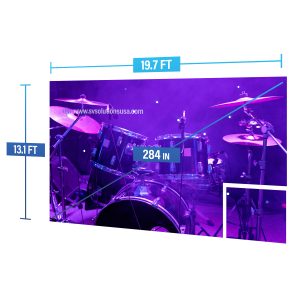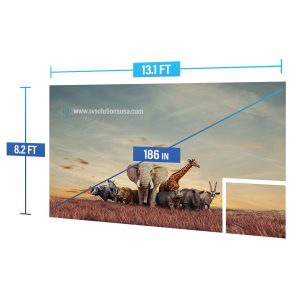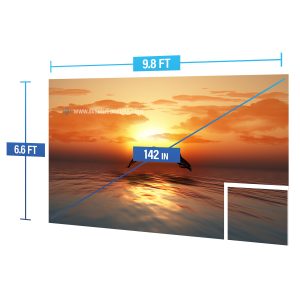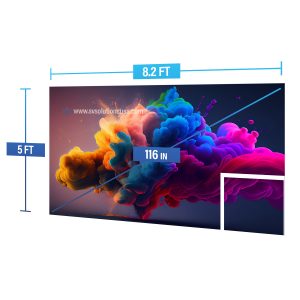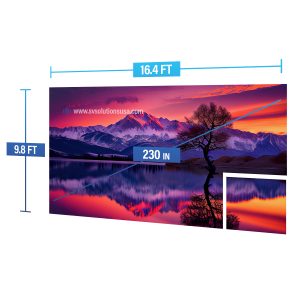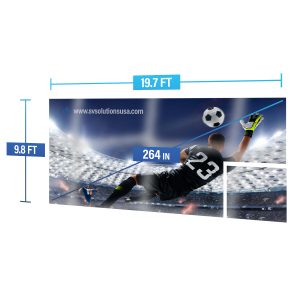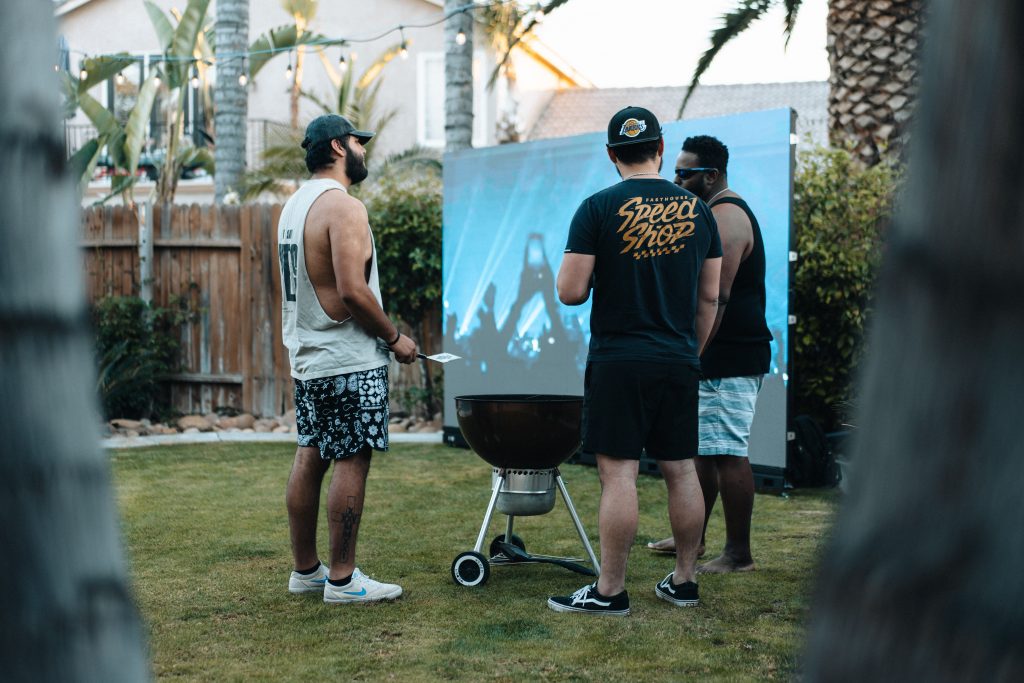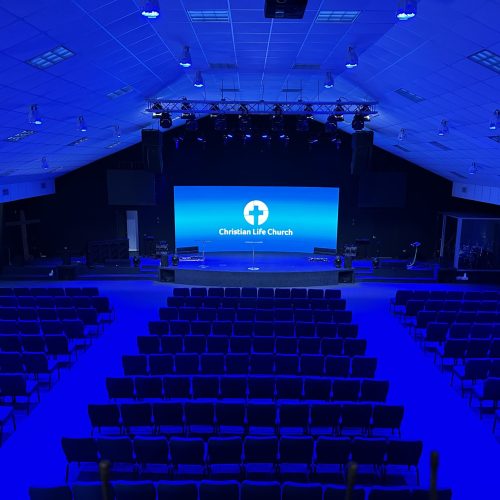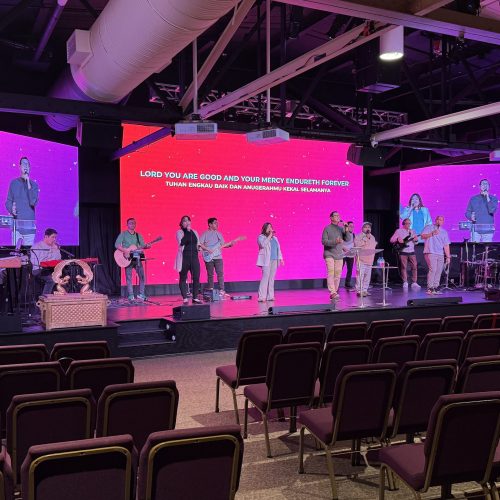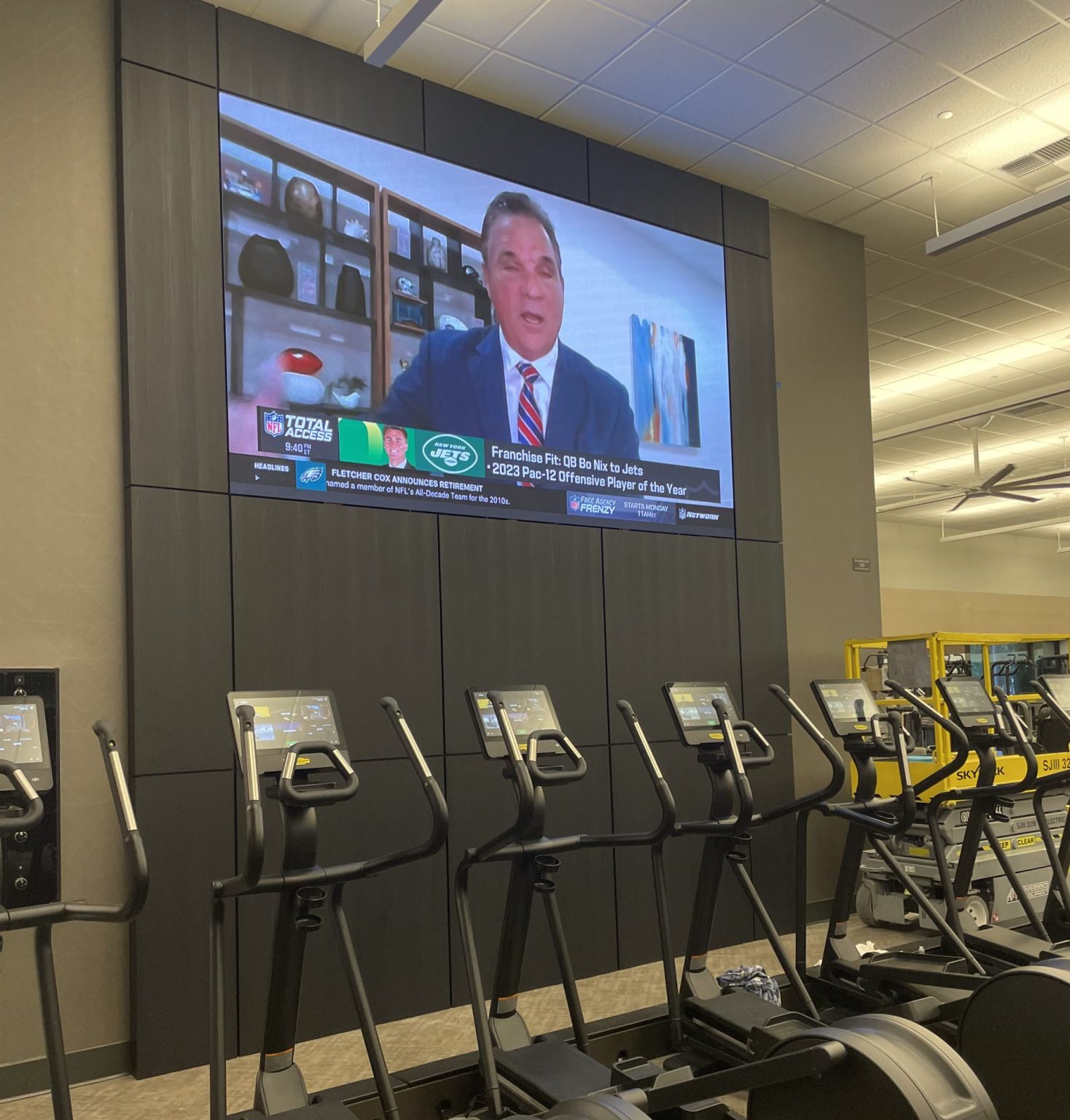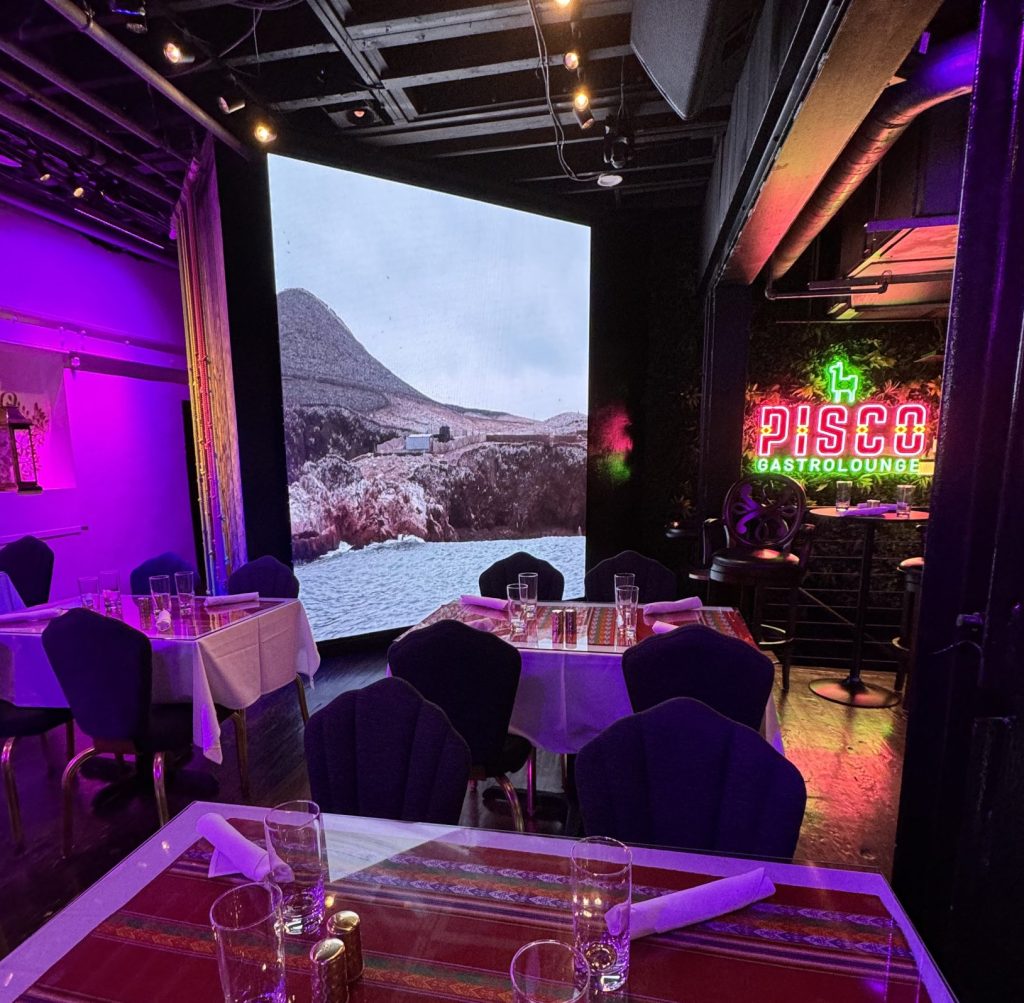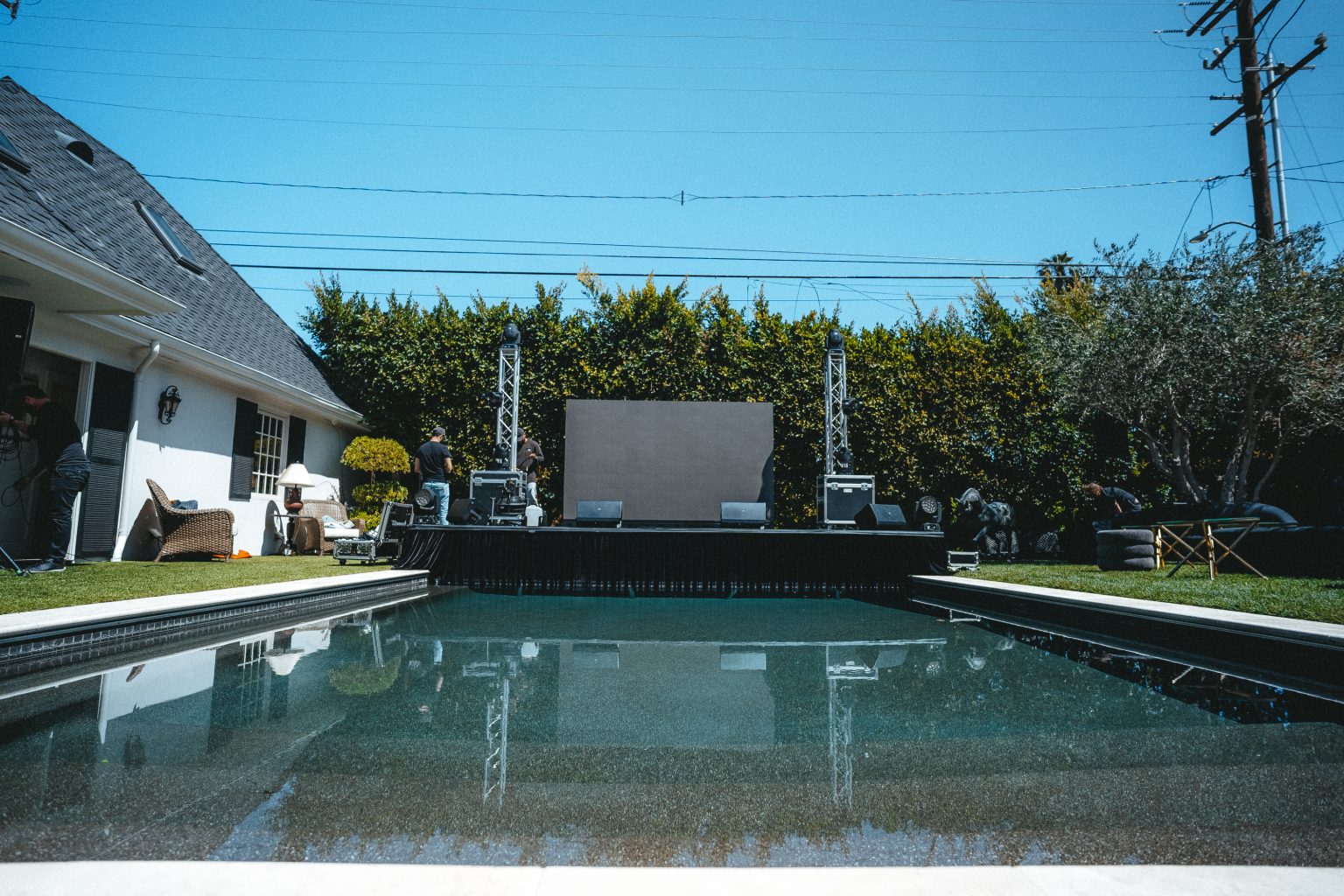Hanging Systems for LED Screens: The Complete Guide
Understanding Hanging Systems:
Types of Hanging Systems
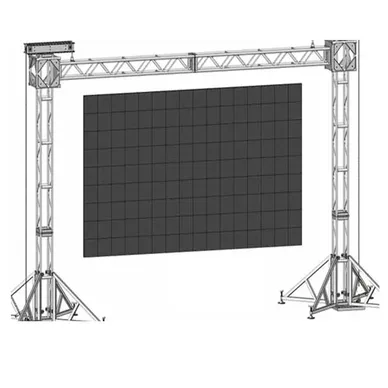
Here are three commonly used types:
- Ceiling Mounts: These systems are attached to the ceiling and provide strong support for LED screens. They are ideal for large scale installations and offer flexibility in terms of screen size and configuration.
- Wall Mounts: Wall mounted systems are designed to secure LED screens on walls. They are commonly used in smaller spaces or when ceiling mounting is not feasible. Wall mounts offer stability and can accommodate different screen sizes.
- Rigging Systems: Rigging systems involve the use of trusses, frames, or other structural elements to suspend LED screens. They are often utilized in large event venues or concert stages where complex installations are required.
Factors to Consider
Before selecting a hanging system for your LED screen, consider the following factors:
- Weight Capacity: Ensure that the hanging system can support the weight of your LED screen. Check the manufacturer’s specifications for the maximum weight limit.
- Installation Environment: Consider the physical characteristics of the installation environment, such as ceiling height, wall structure, and load bearing capacity. It’s crucial to assess these factors to determine the most suitable hanging system.
- Accessibility: Evaluate the ease of access to the LED screen for maintenance, repairs, and adjustments. Choose a hanging system that allows for convenient access without compromising safety.
Installation Process.
Installing a hanging system for an LED screen typically involves the following steps:
- Preparing the Mounting Surface: Ensure that the mounting surface (ceiling or wall) is structurally sound and capable of supporting the weight of the LED screen.
- Mounting the System: Follow the manufacturer’s instructions to securely install the hanging system onto the mounting surface. Use appropriate hardware and ensure proper alignment.
- Attaching the LED Screen: Carefully attach the LED screen to the hanging system, following the manufacturer’s guidelines. Ensure that all connections are secure and cables are properly managed.
- Testing and Adjustments: Once the LED screen is mounted, conduct thorough testing to verify its stability, alignment, and functionality. Make any necessary adjustments to ensure optimal viewing experience.
Safety Considerations:
Safety should always be a top priority when dealing with hanging systems for LED screens. Here are some important safety considerations:
- Work with Professionals: If you are unsure about the installation process or lack the expertise, consult professionals or experienced installers to ensure proper installation and safety compliance.
- Load Bearing Capacity: Never exceed the weight capacity of the hanging system or the mounting surface. Doing so can lead to accidents and damage to property or individuals.
- Regular Inspections: Periodically inspect the hanging system and LED screen for signs of wear, damage, or instability. Address any issues promptly to maintain a safe installation.
In conclusion:
Choosing the right hanging system for your LED screen is crucial for achieving optimal performance, safety, and visual impact. By understanding the various types of hanging systems, considering key factors, following the installation process, and prioritizing safety, you can ensure a successful and reliable installation.
With this complete guide, you’re now equipped to make informed decisions when it comes to hanging systems for LED screens.

